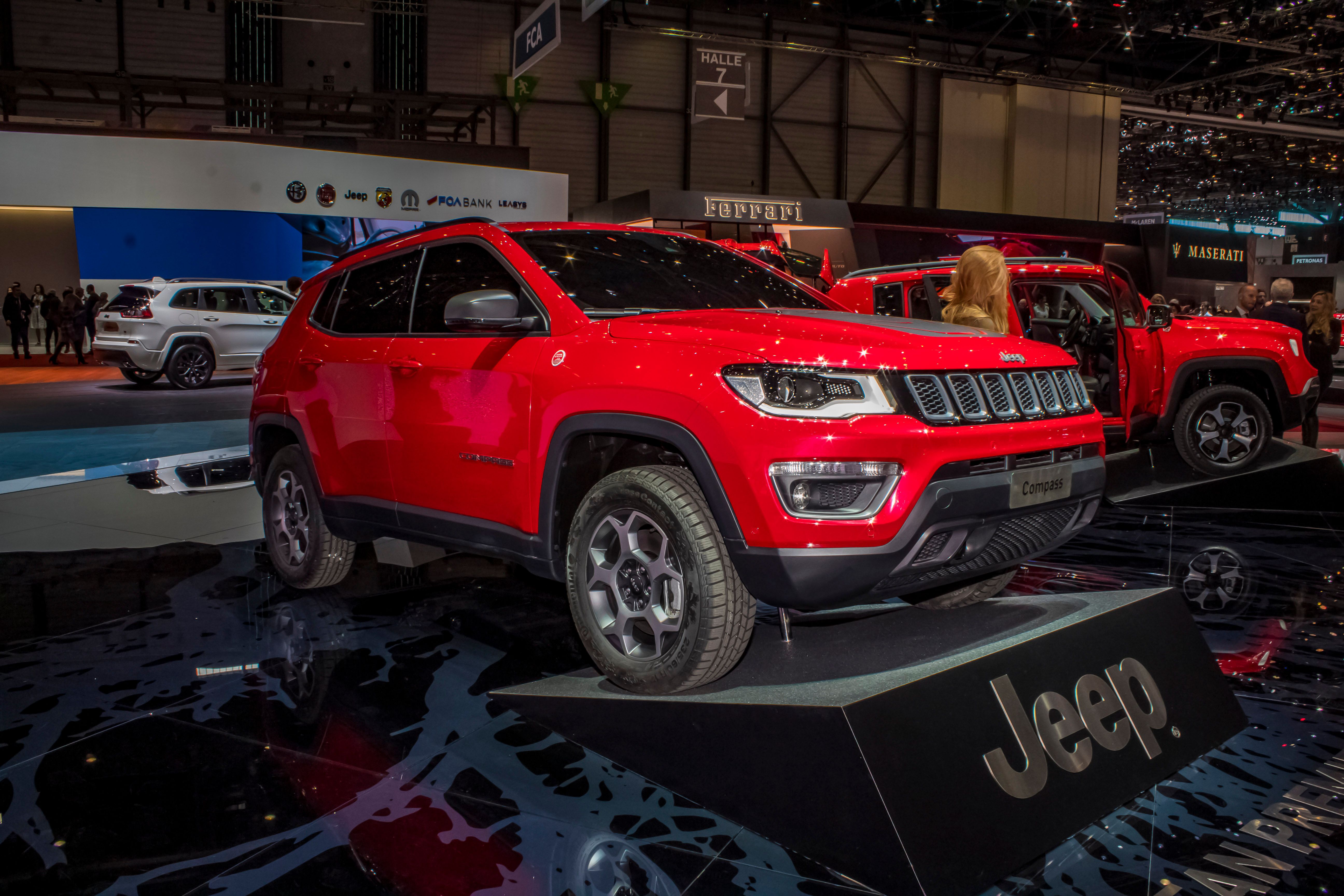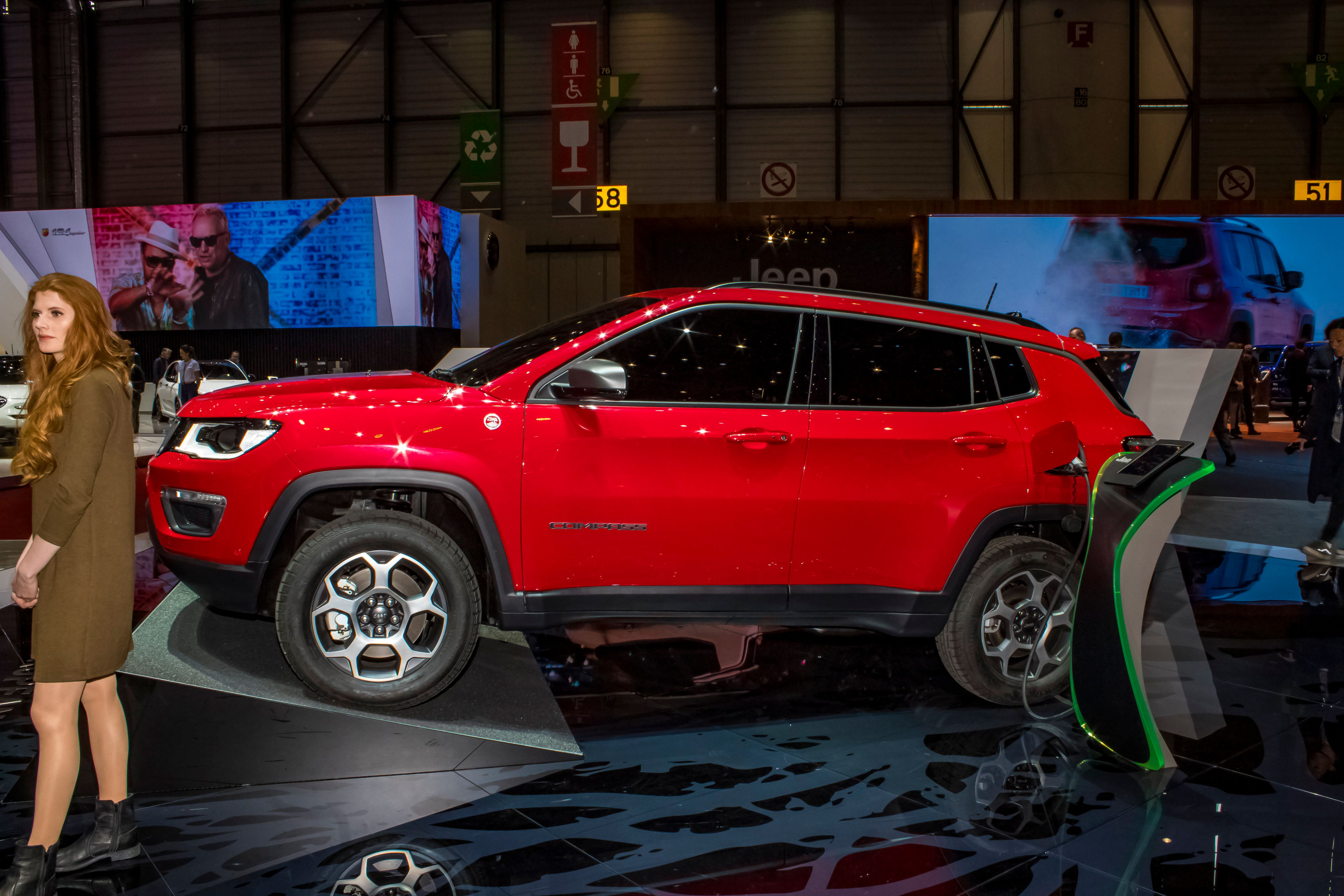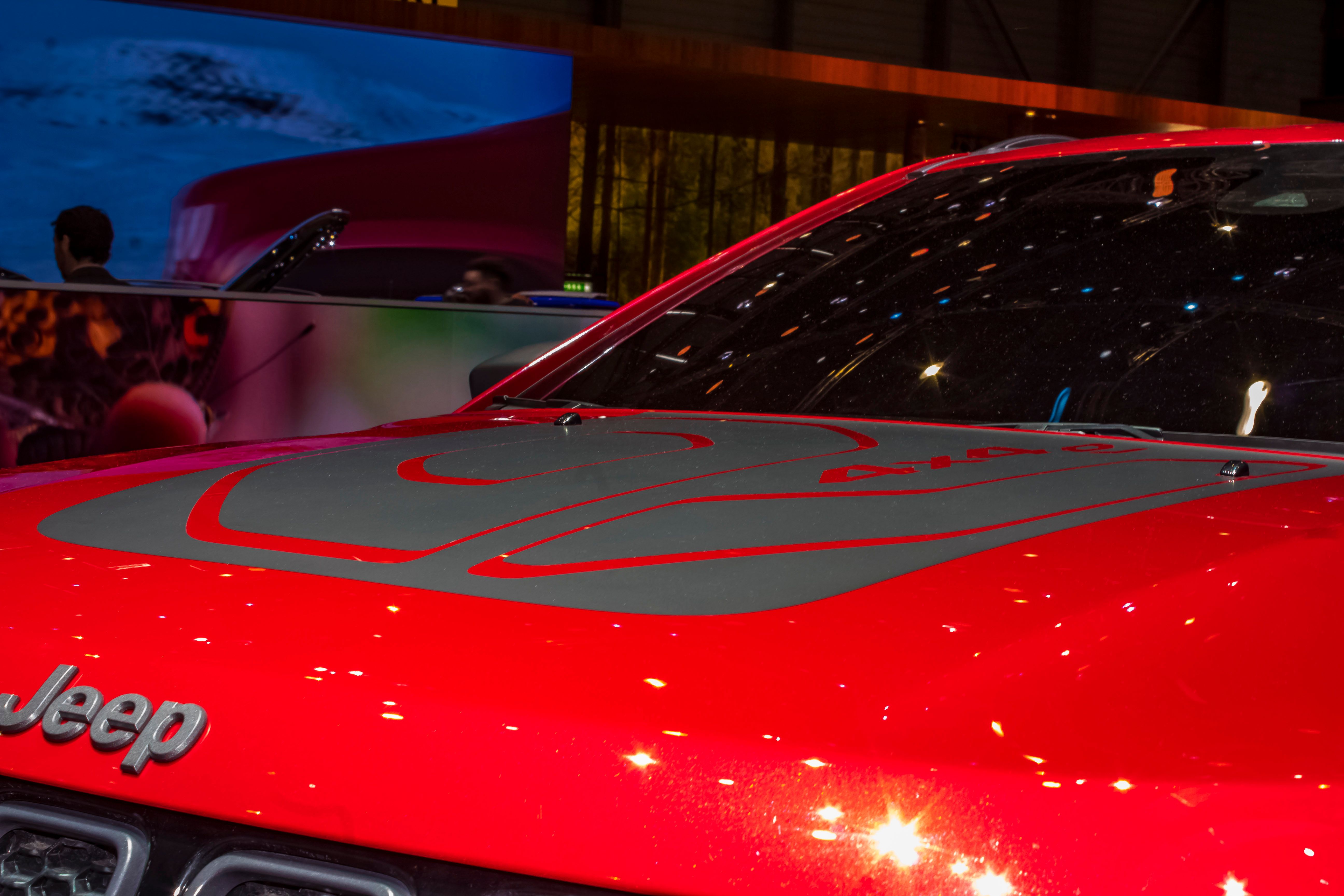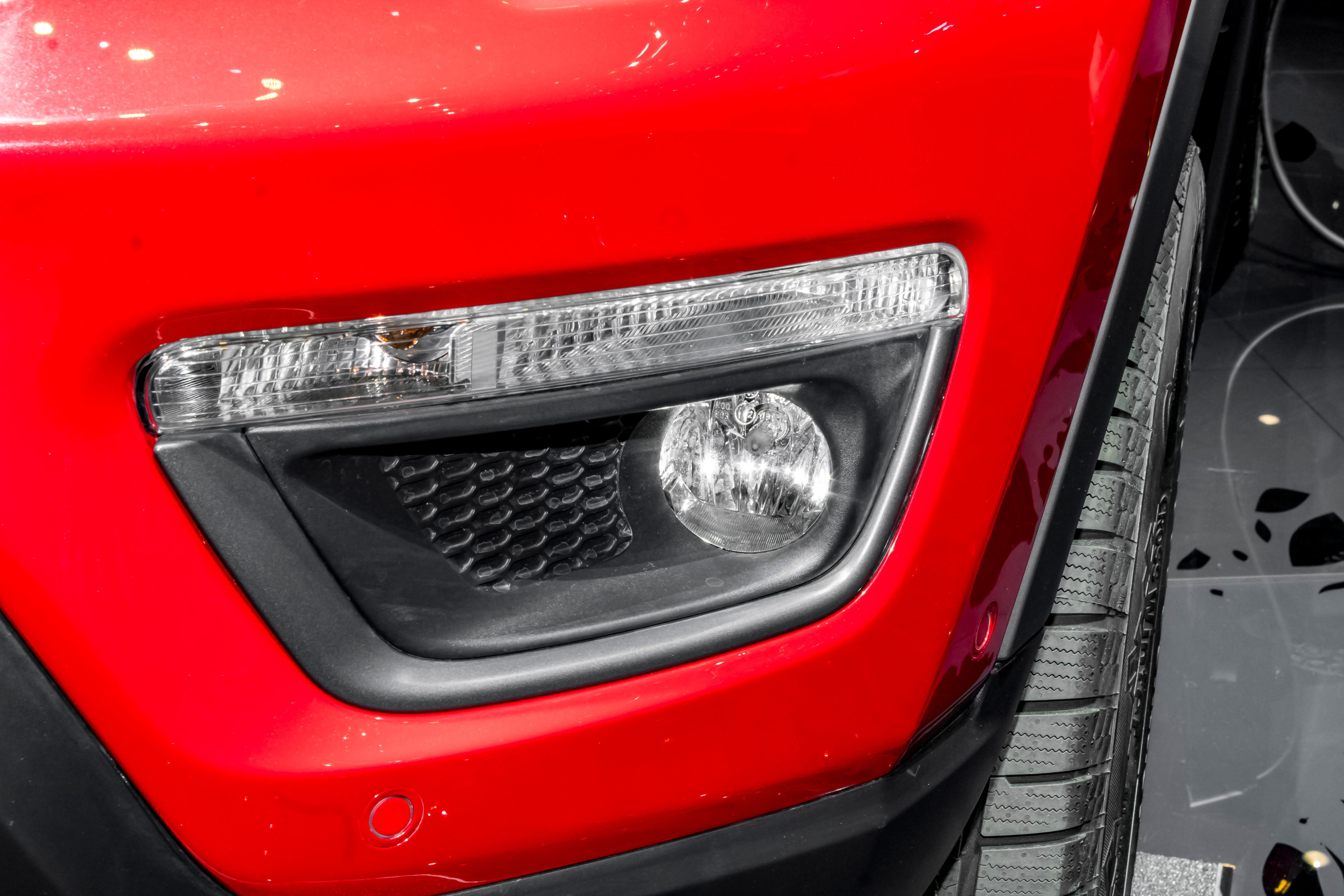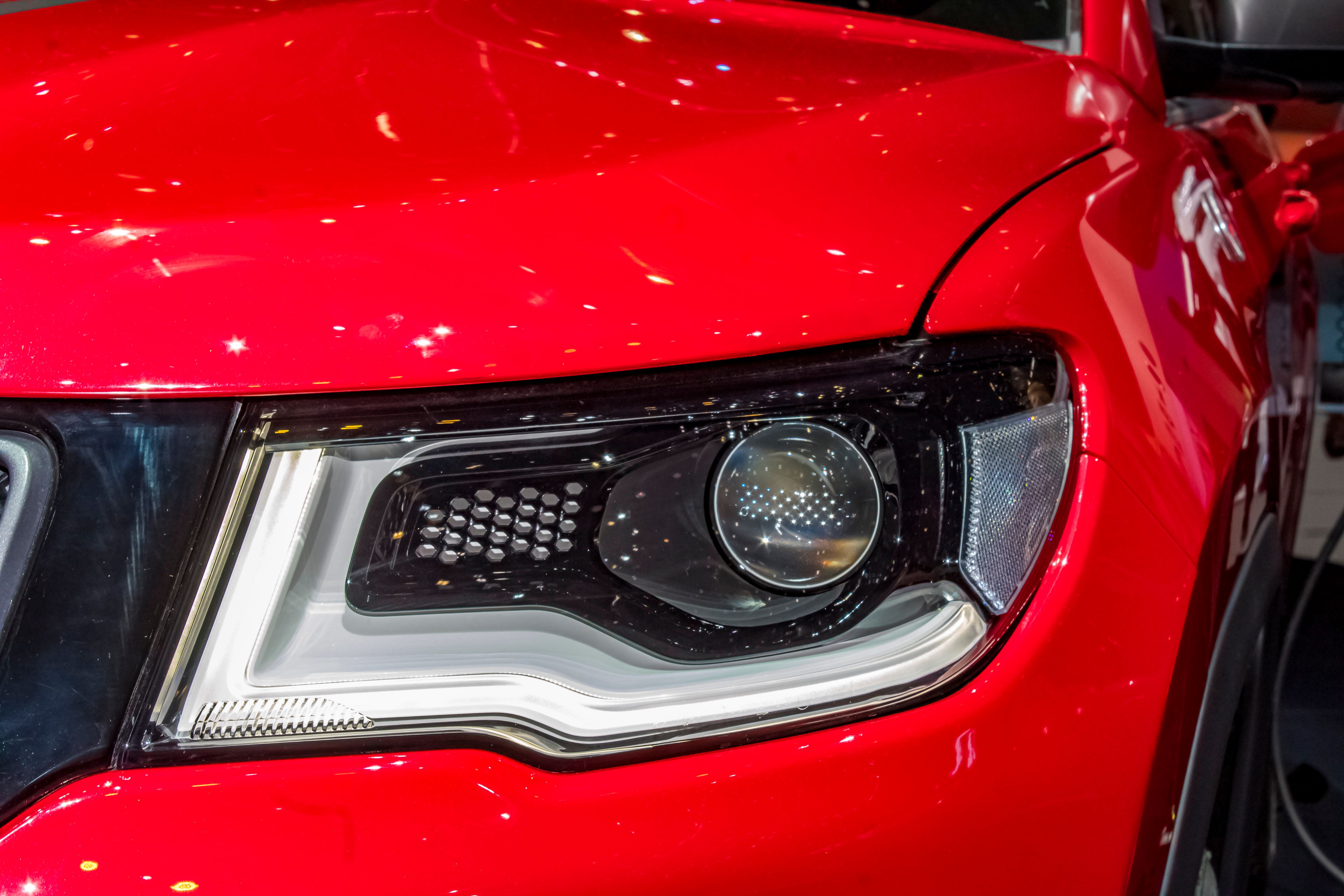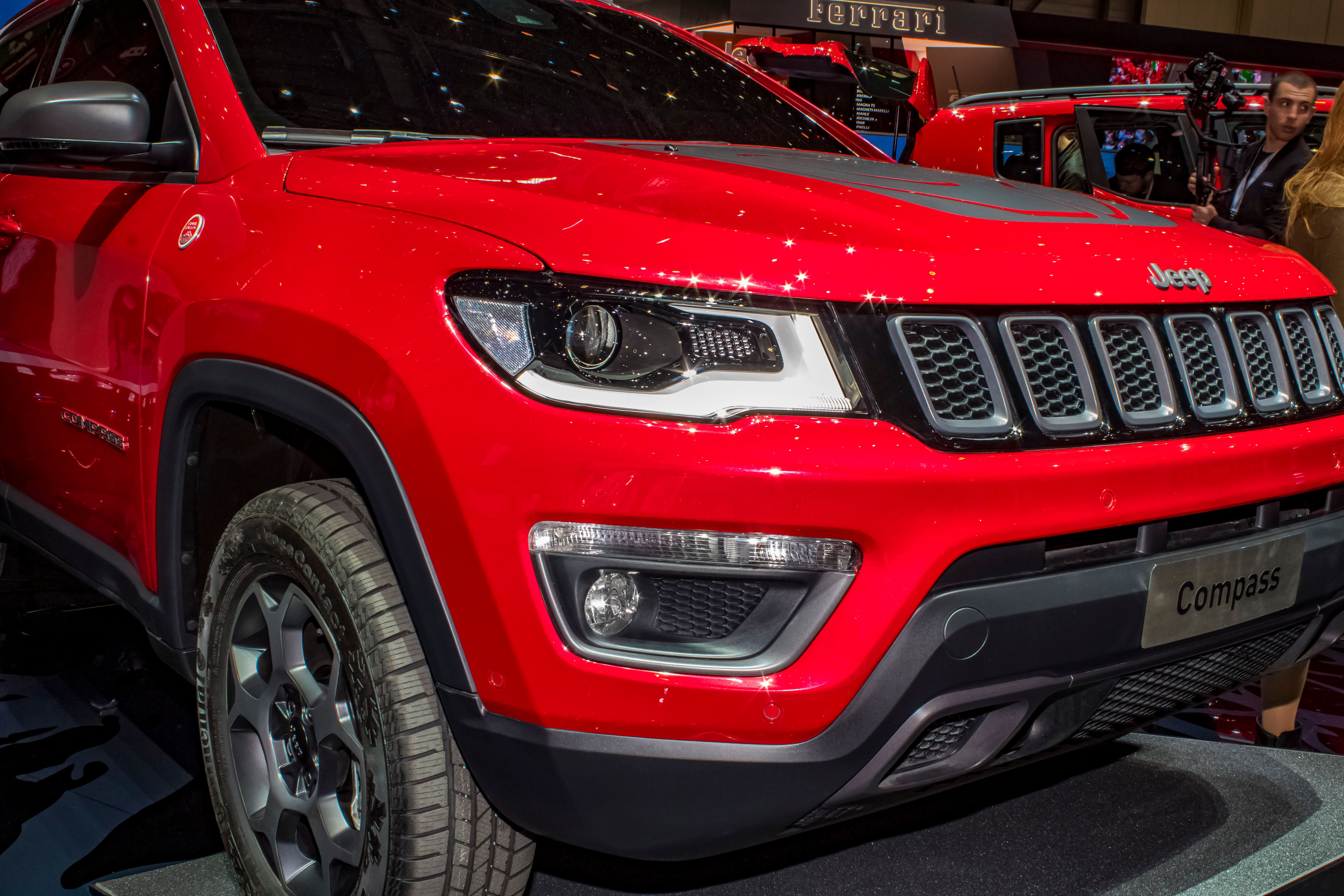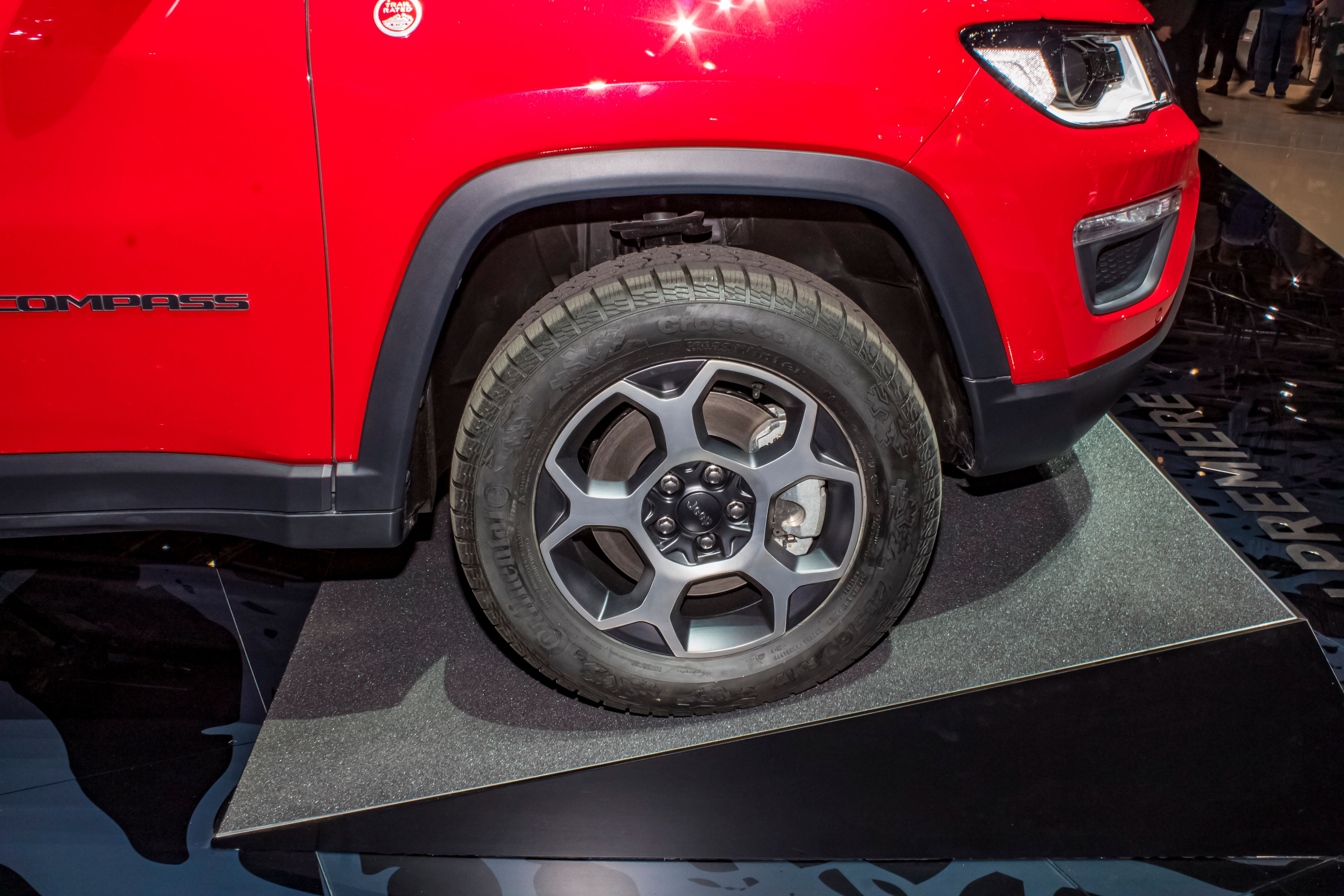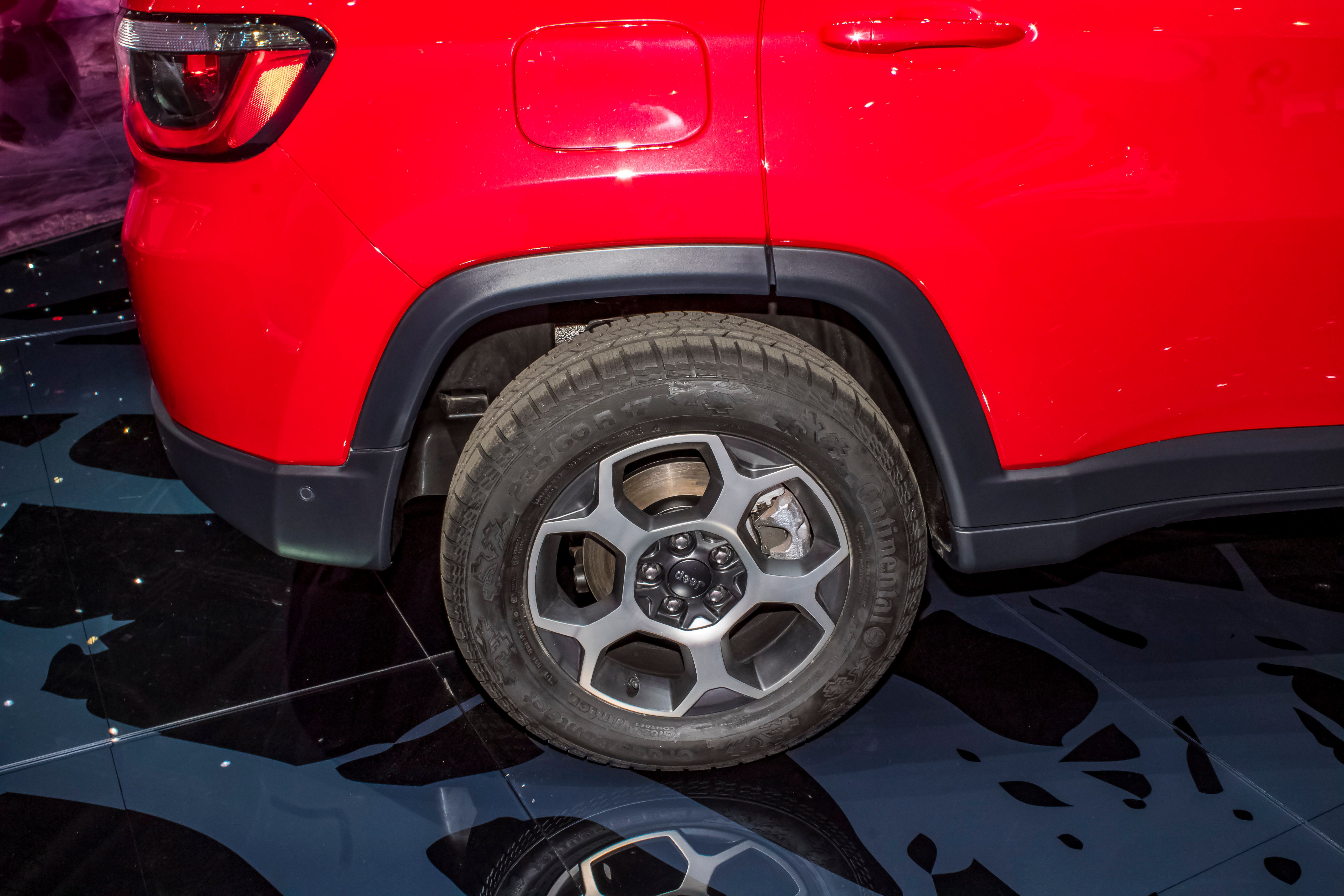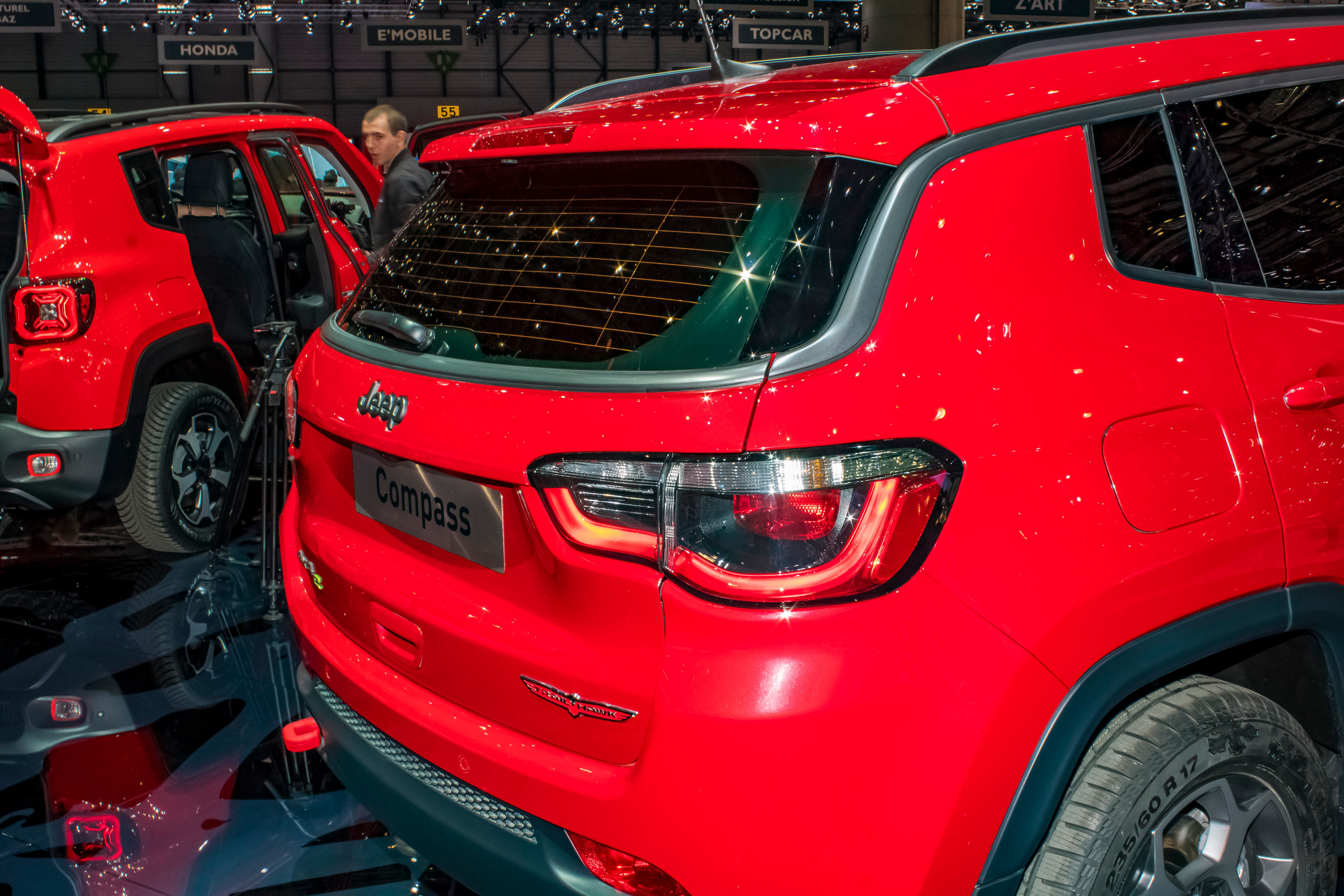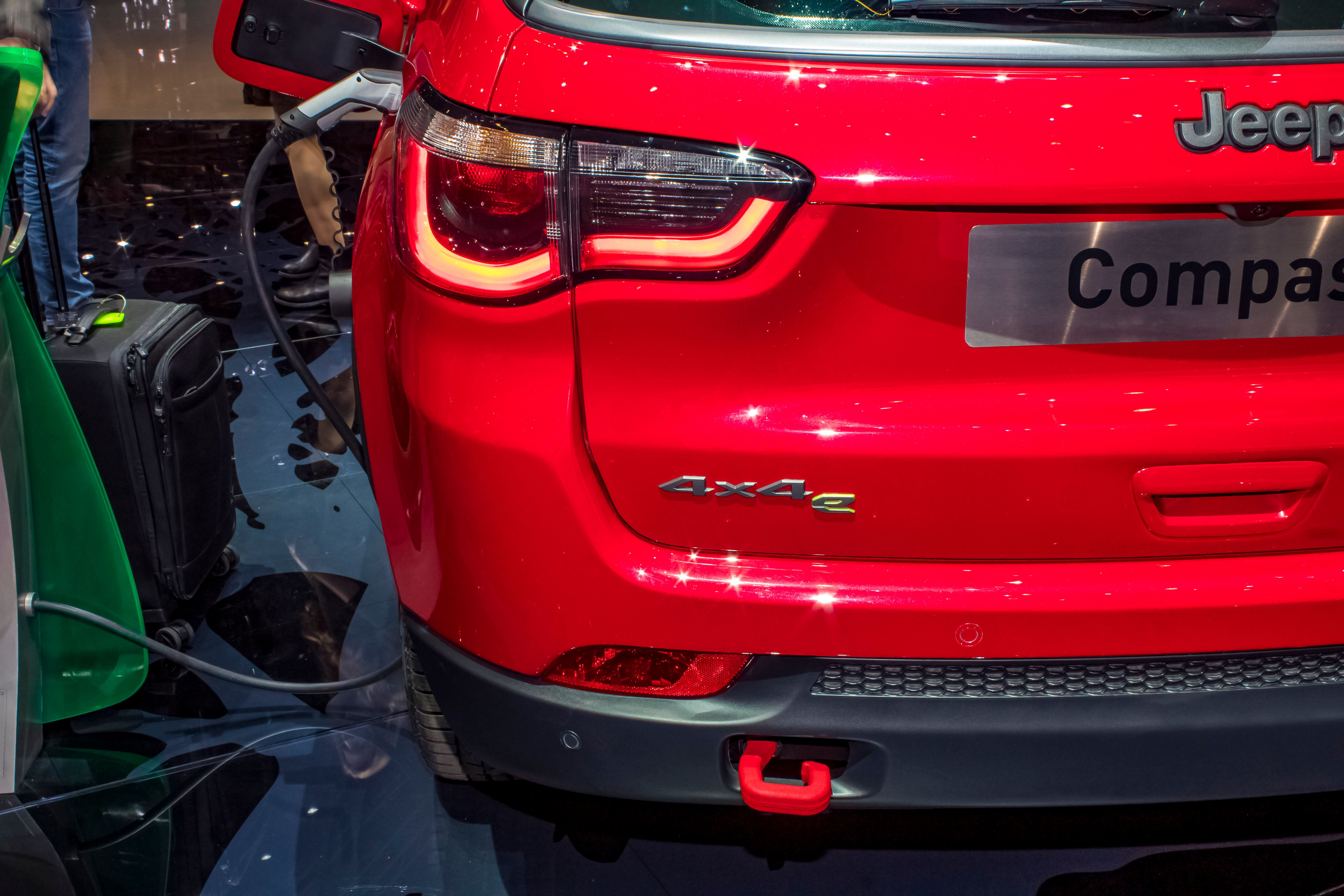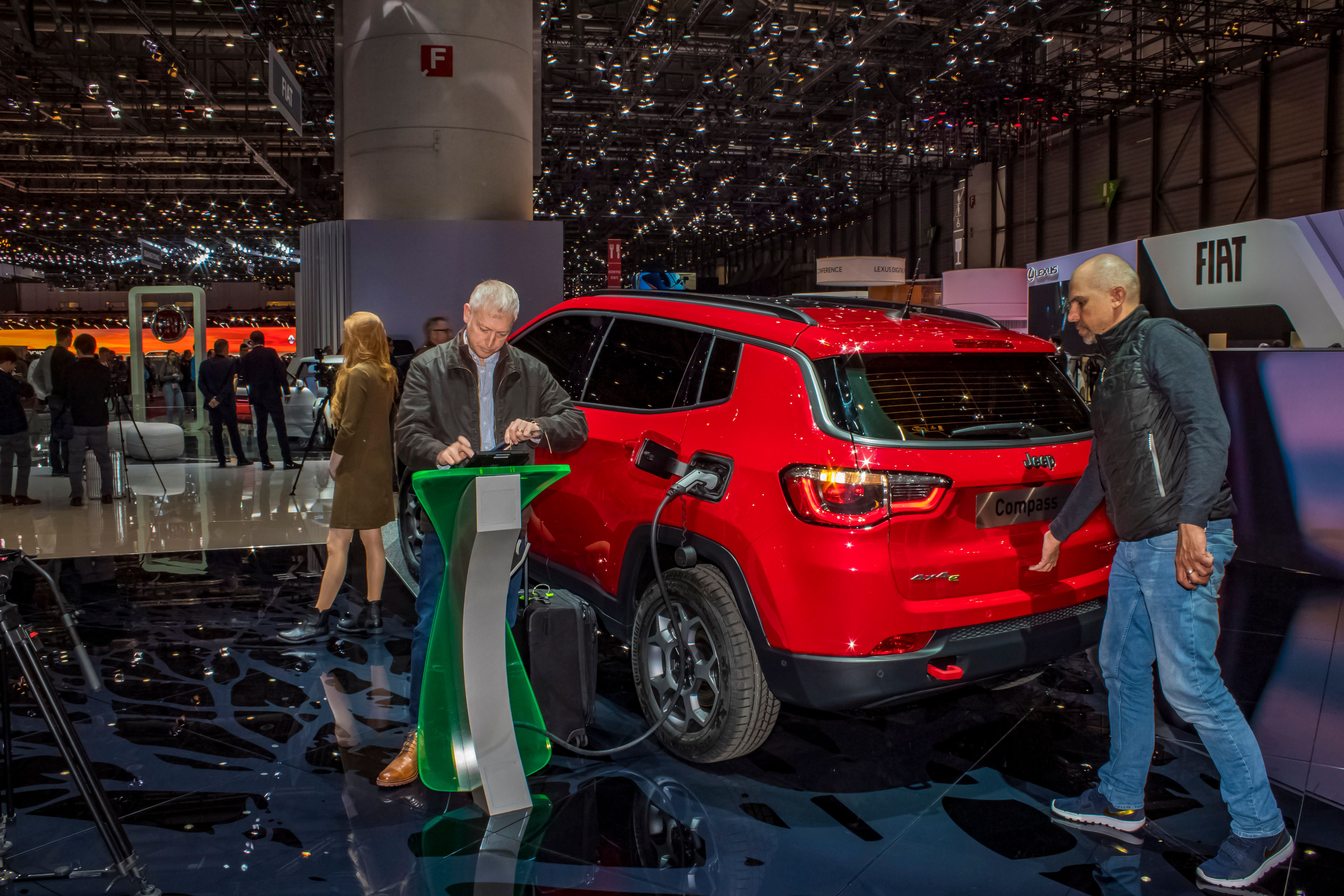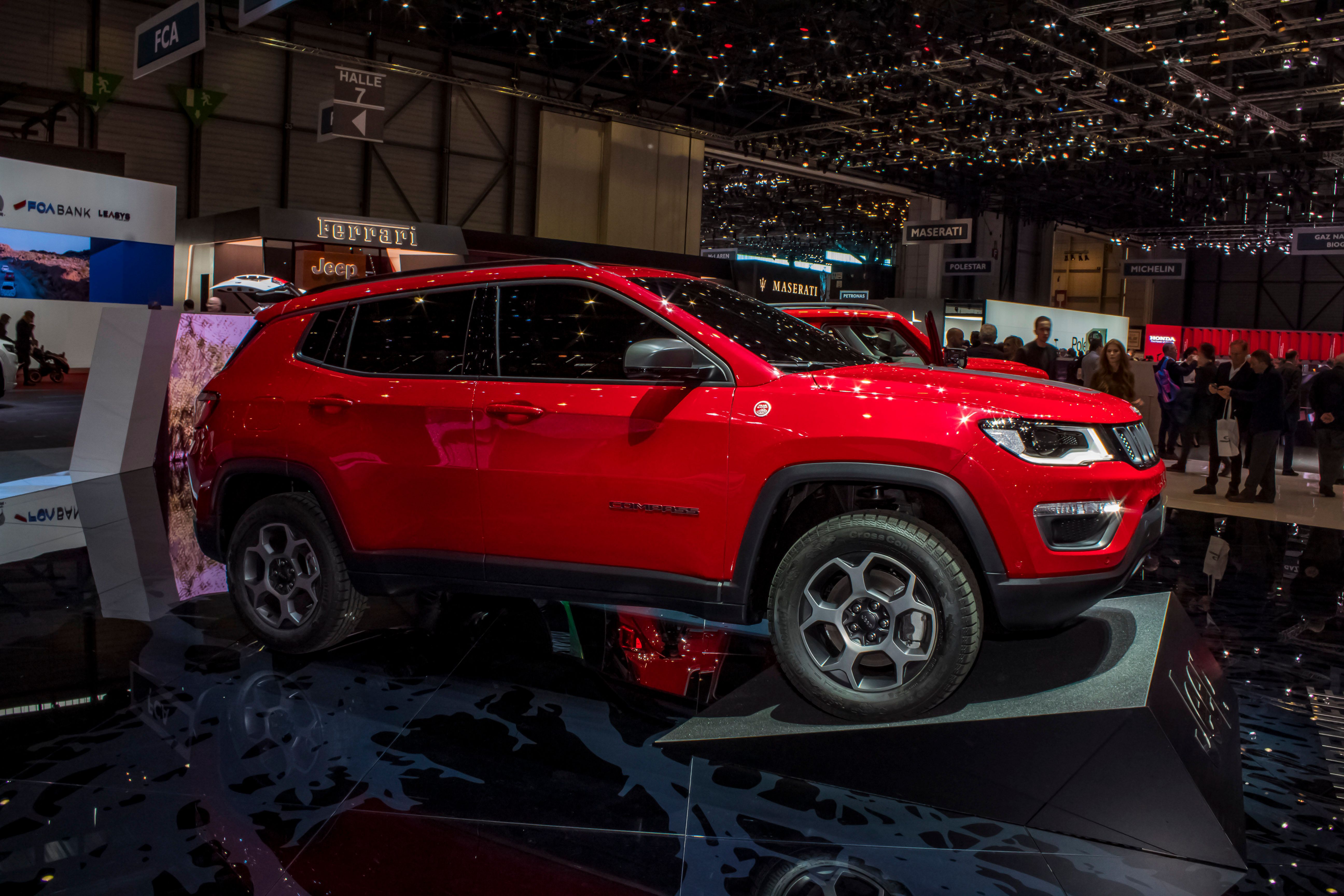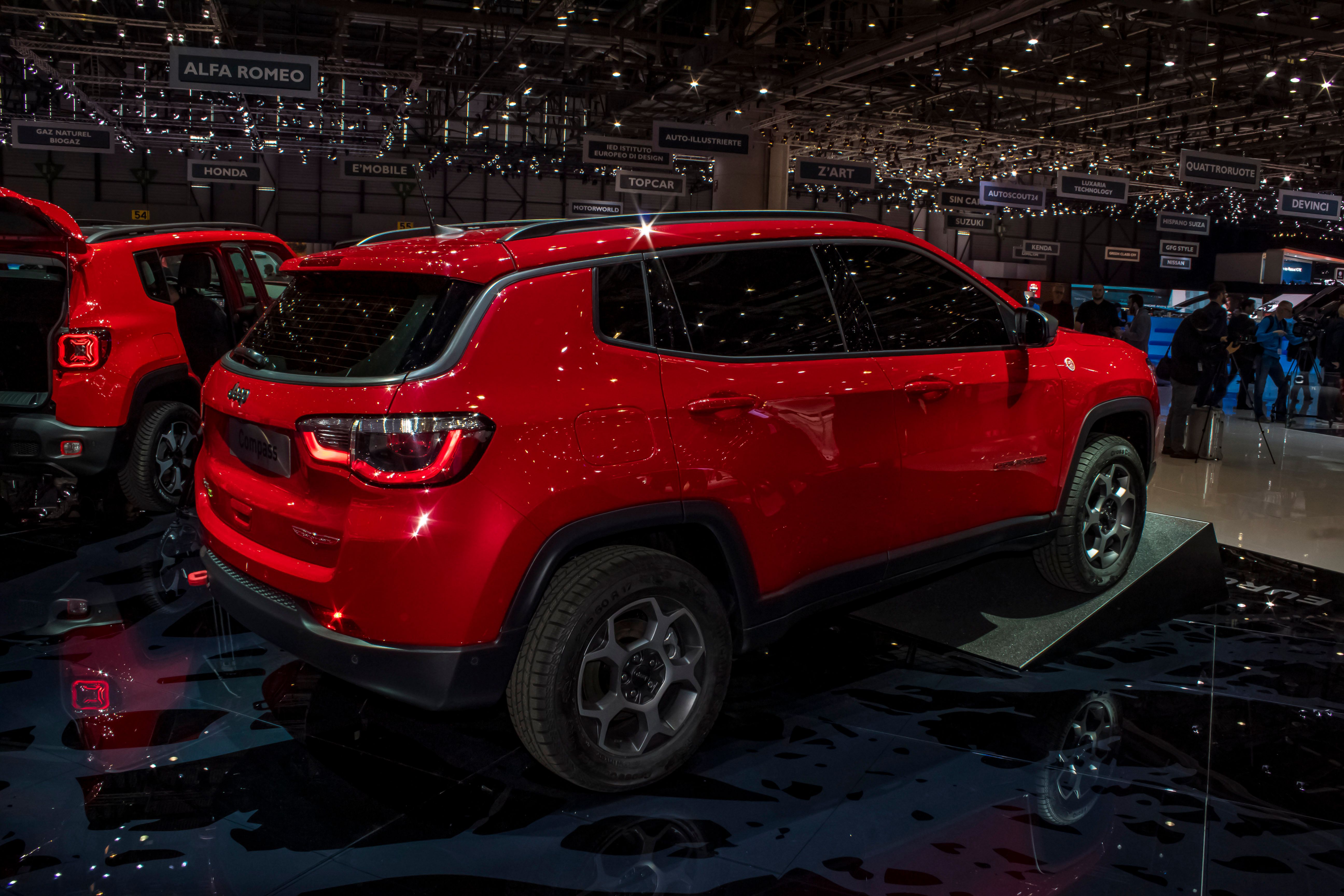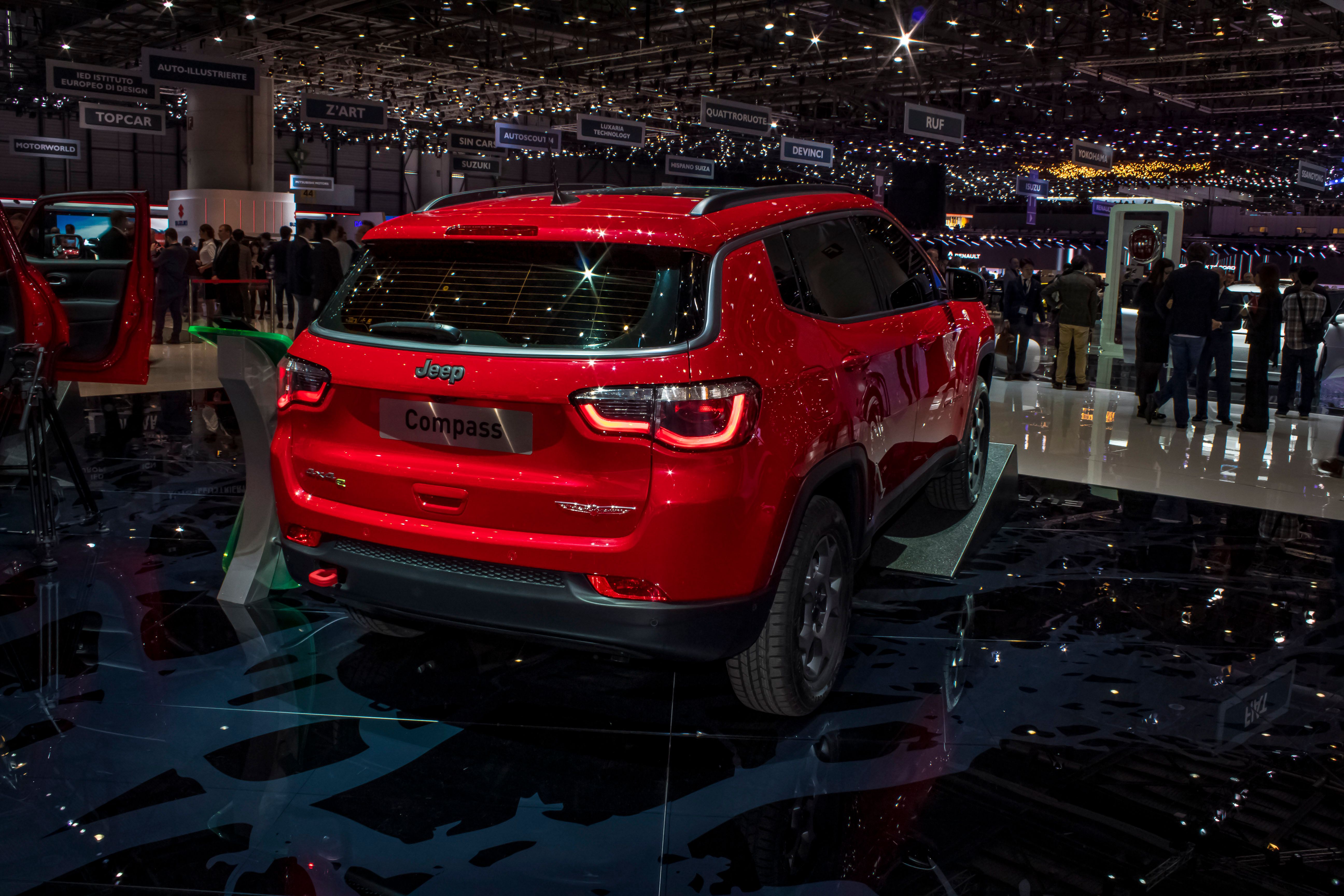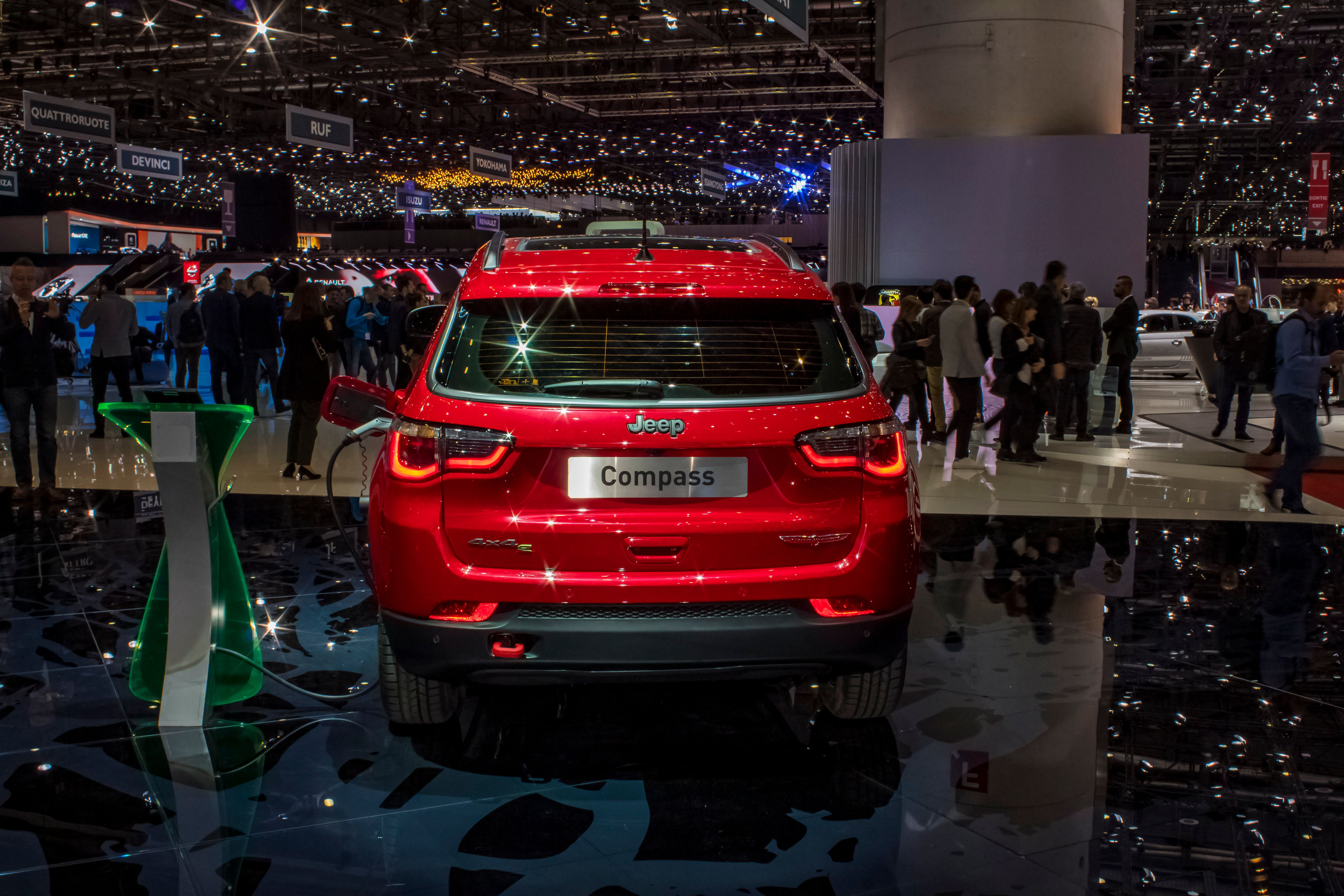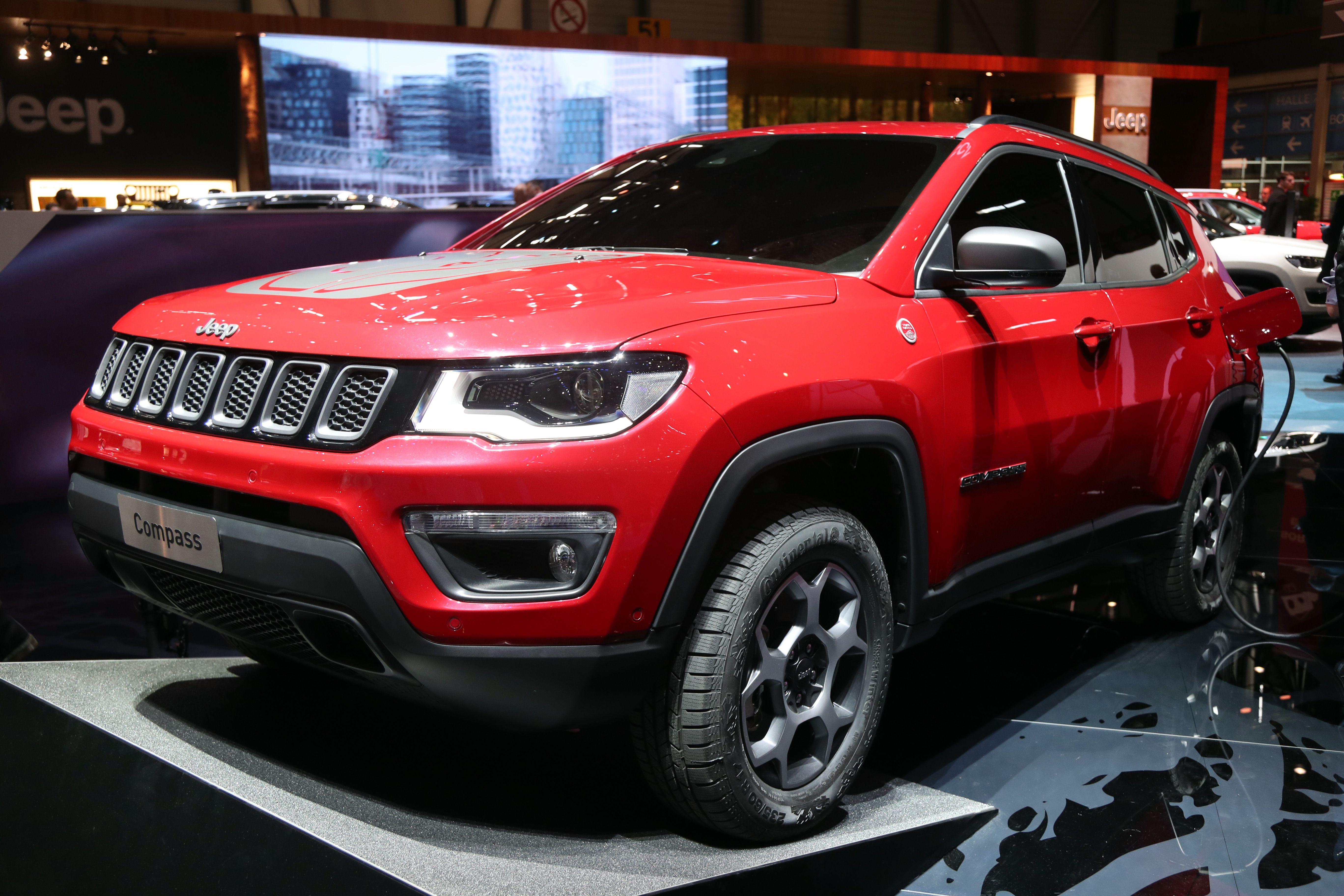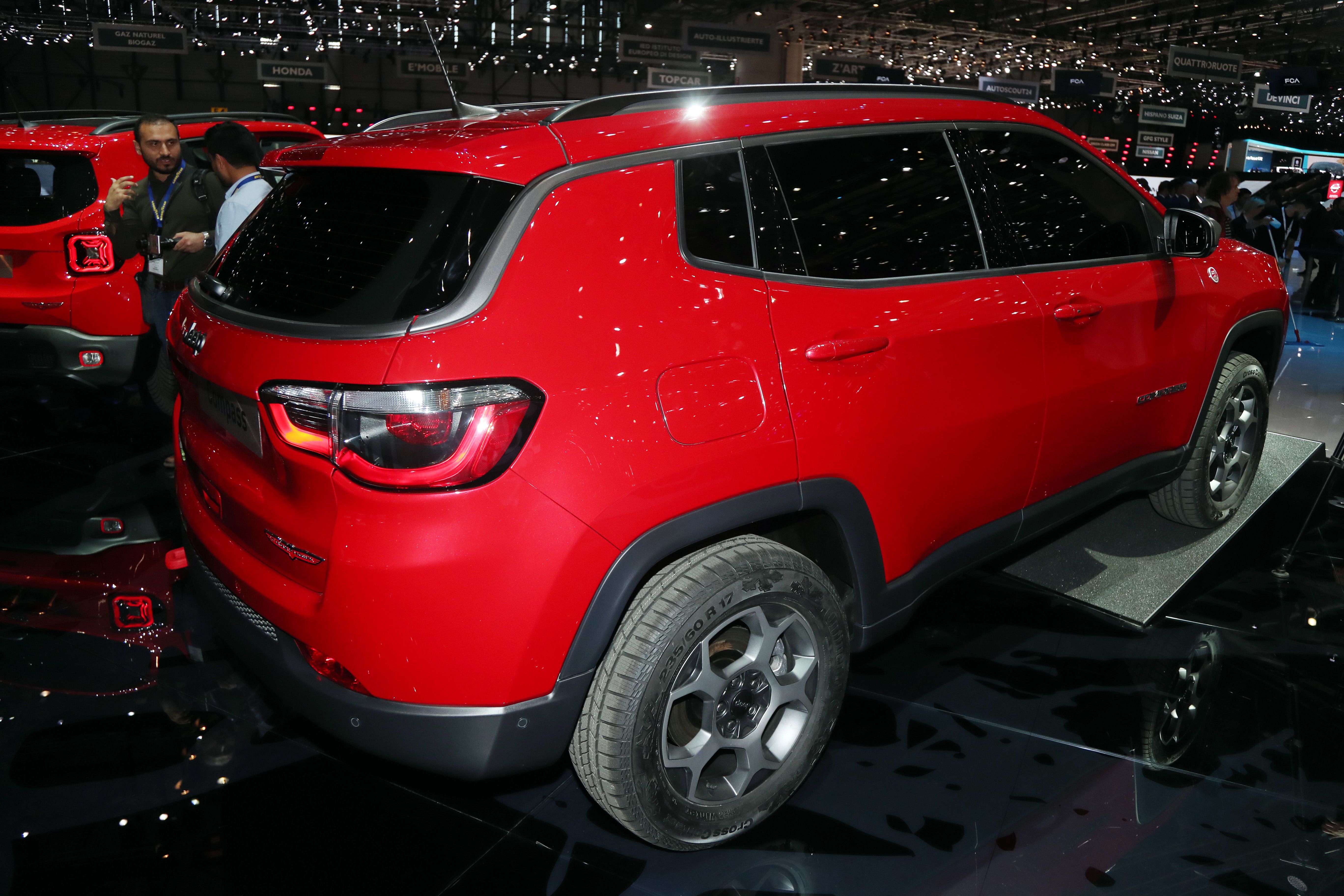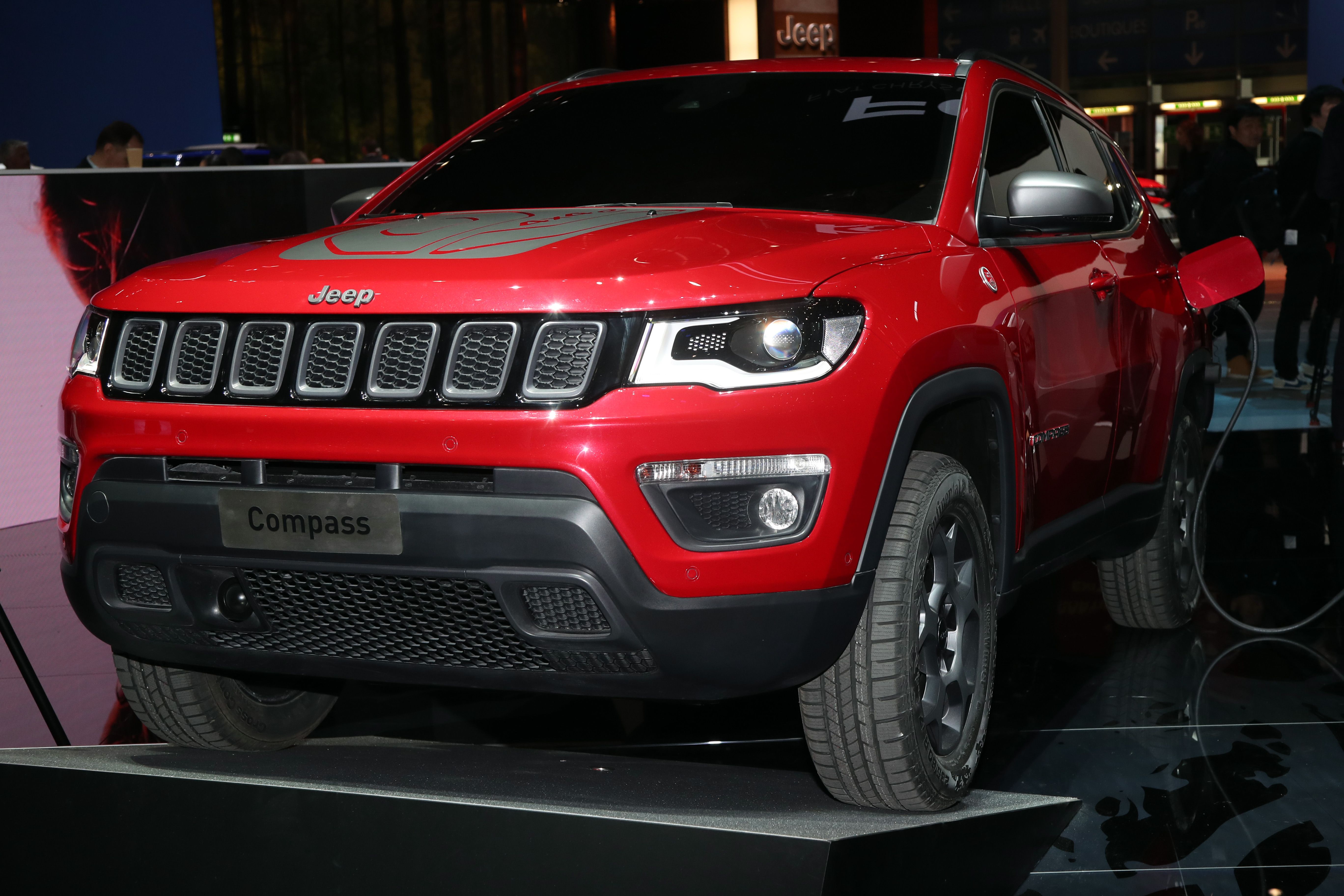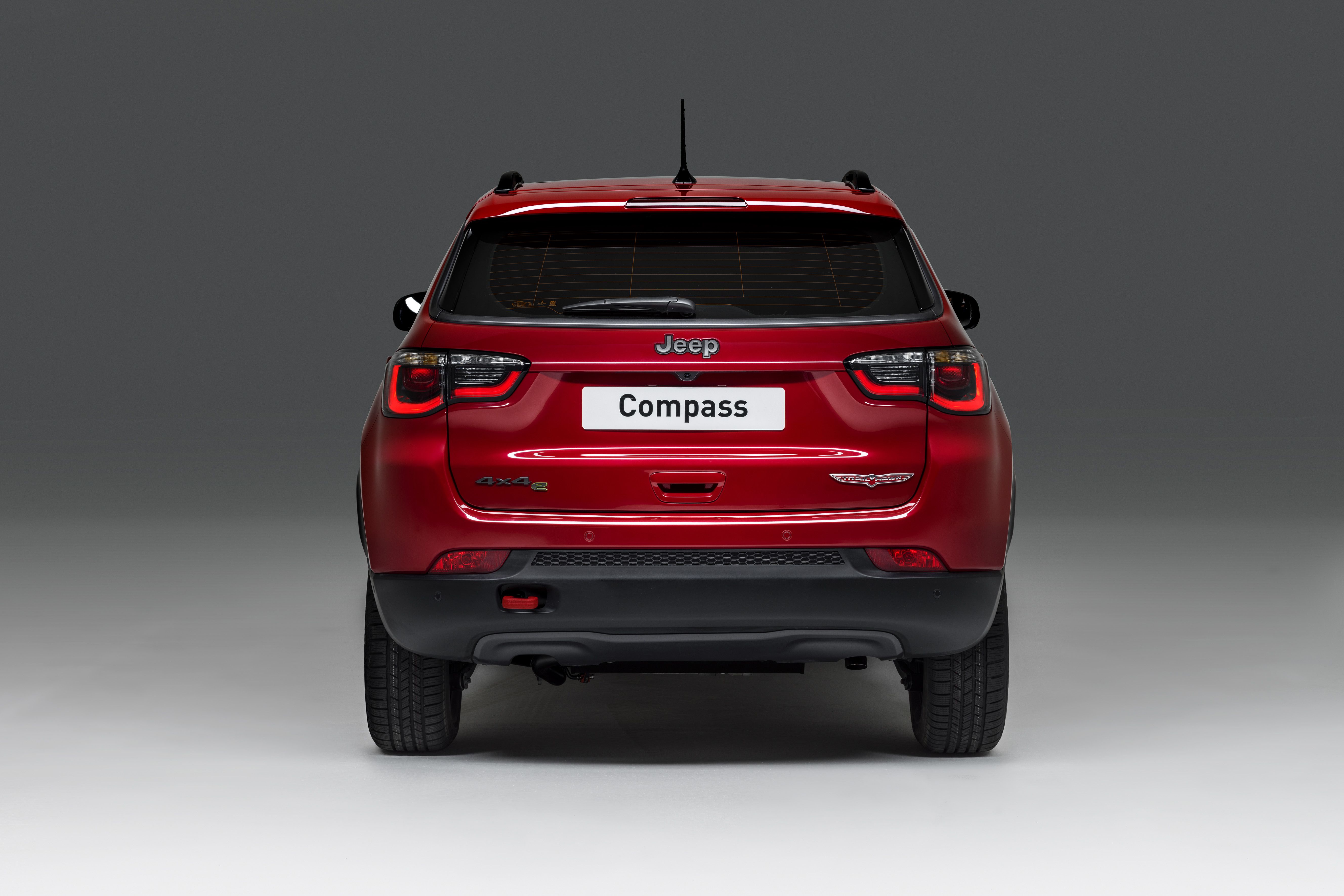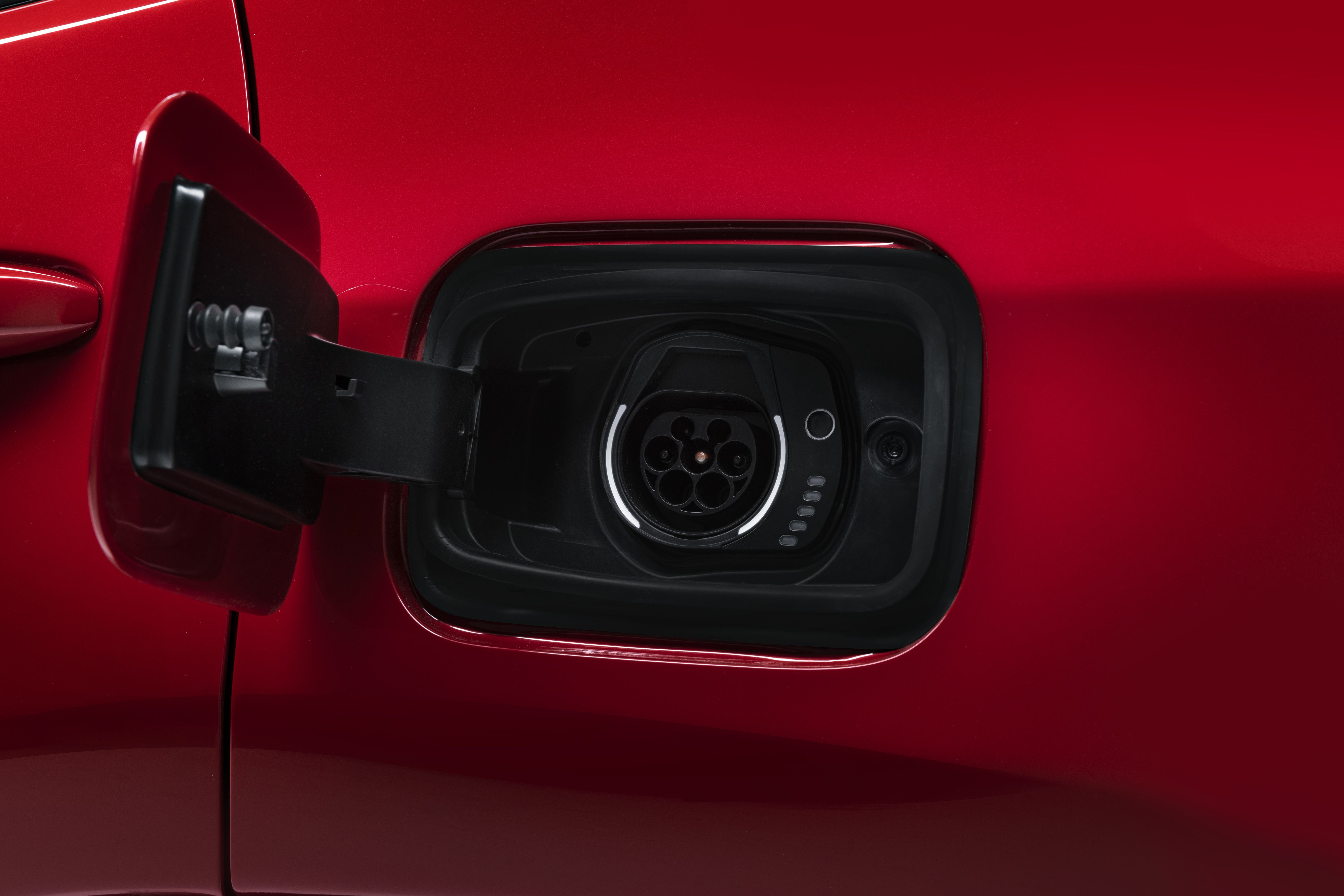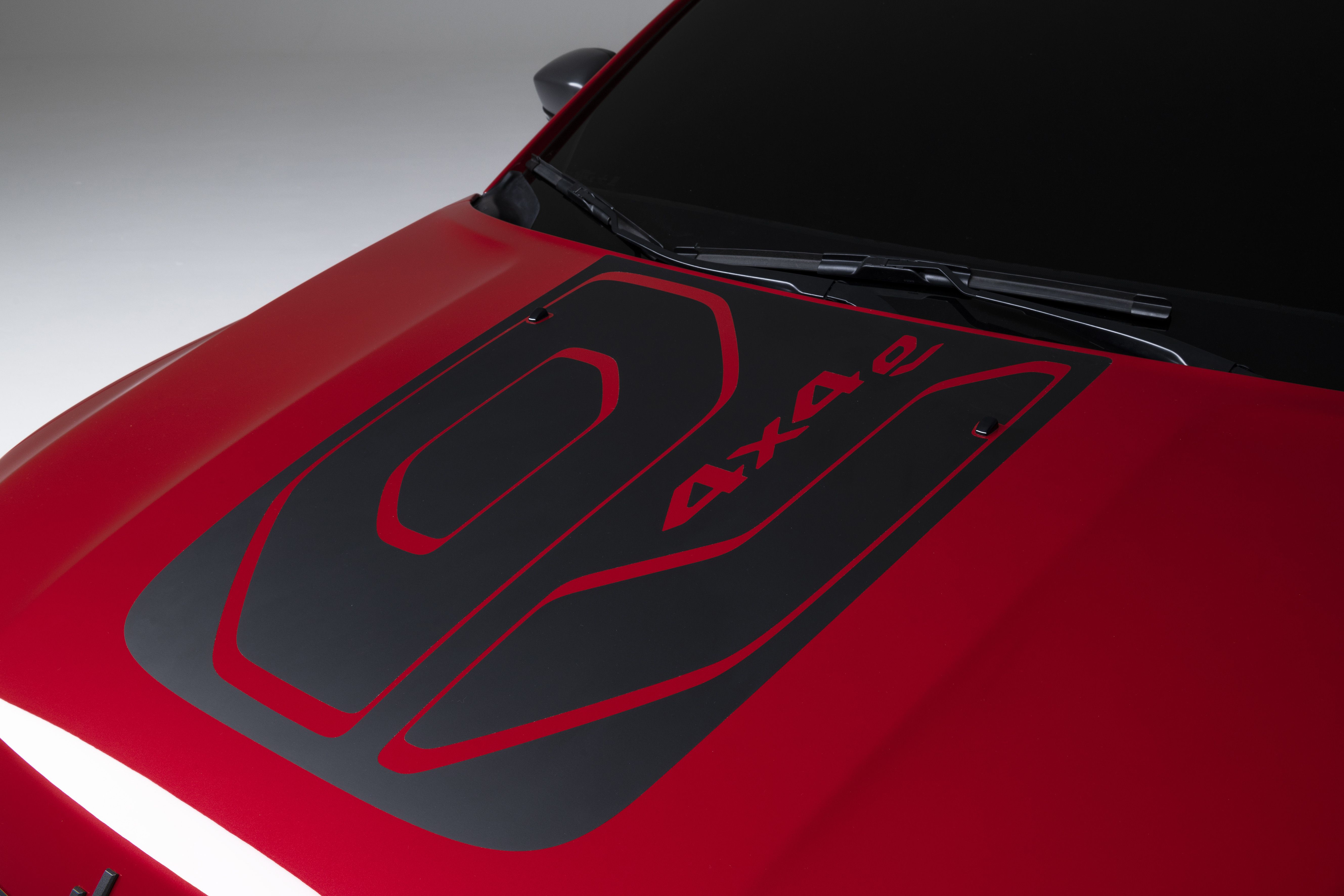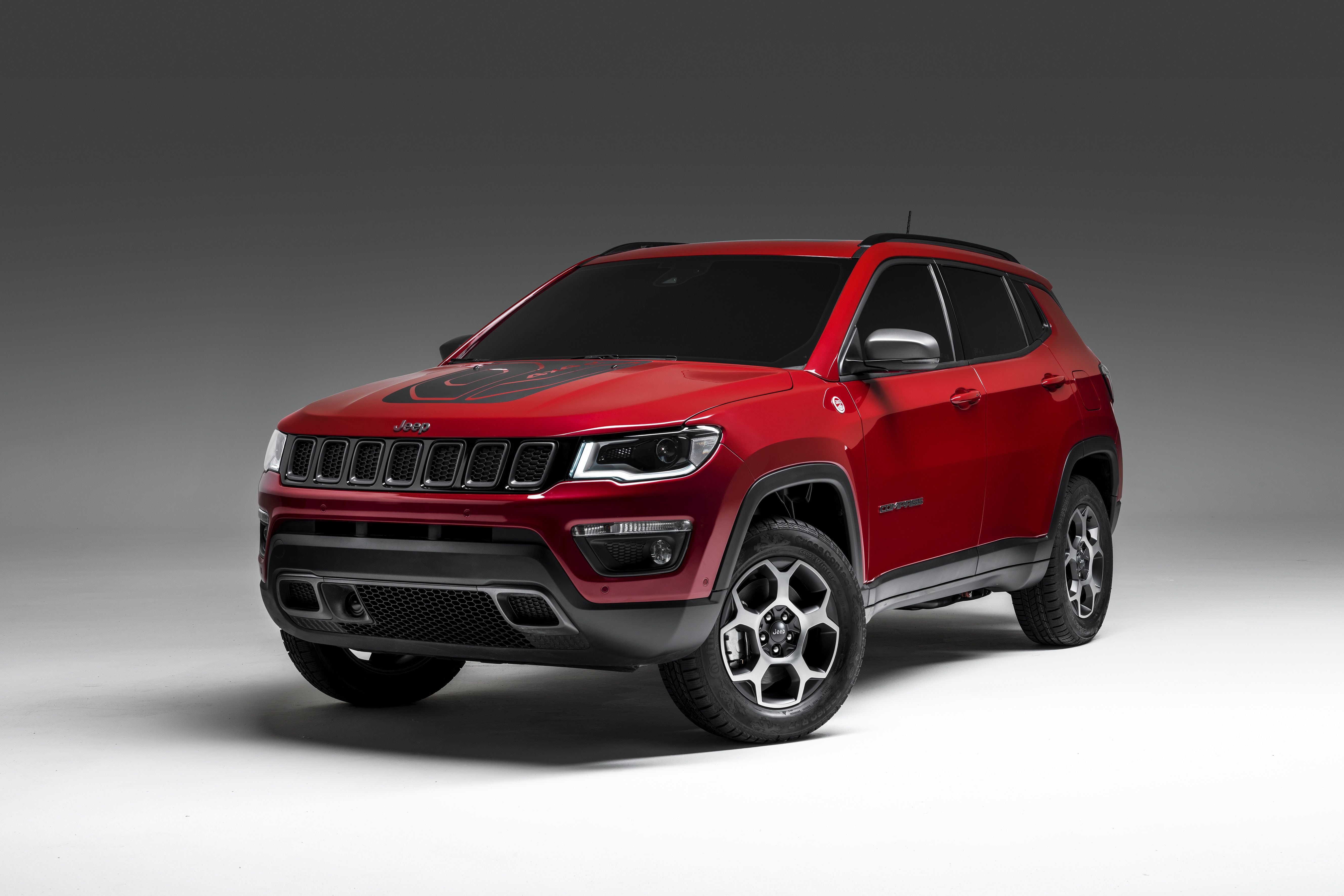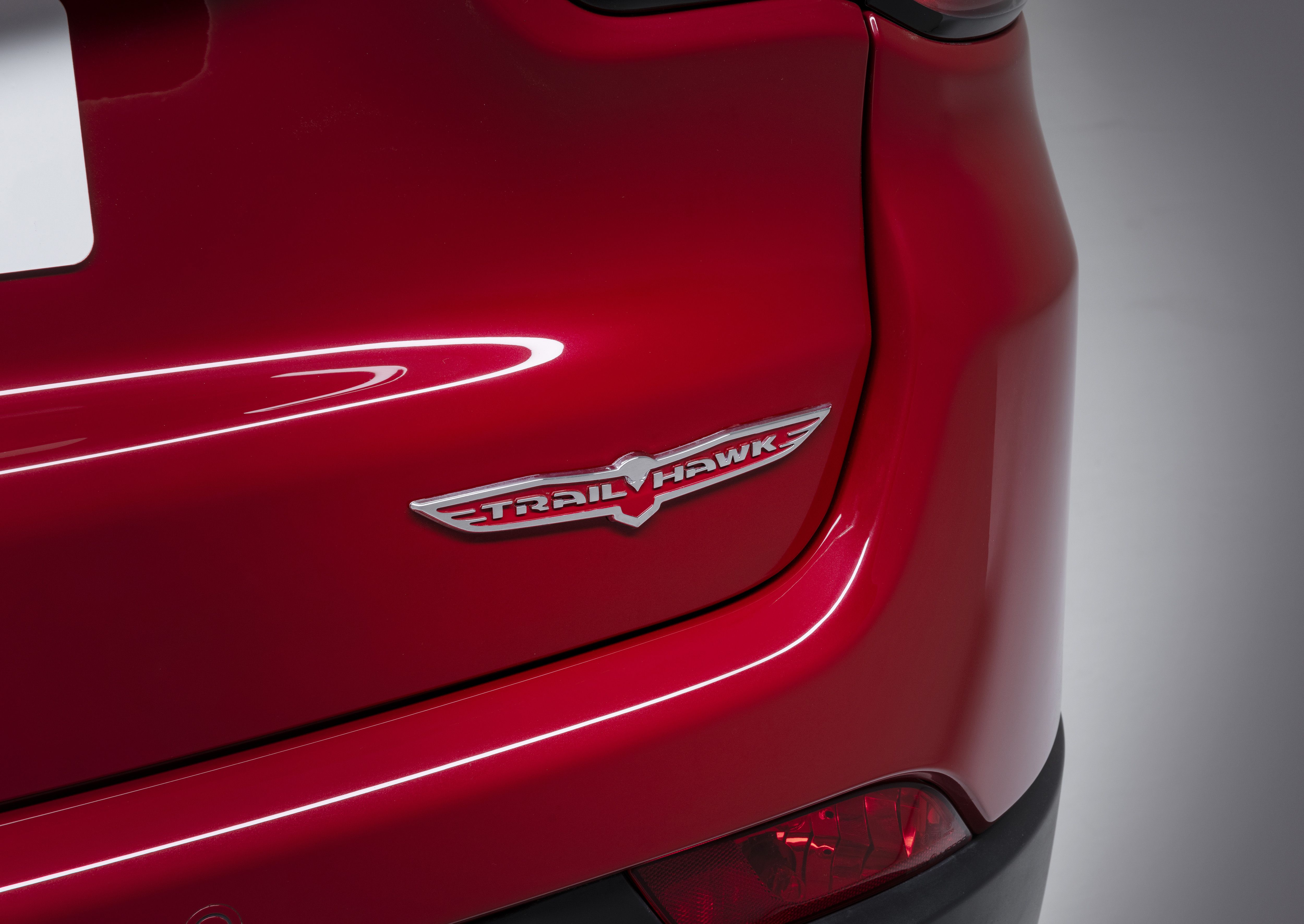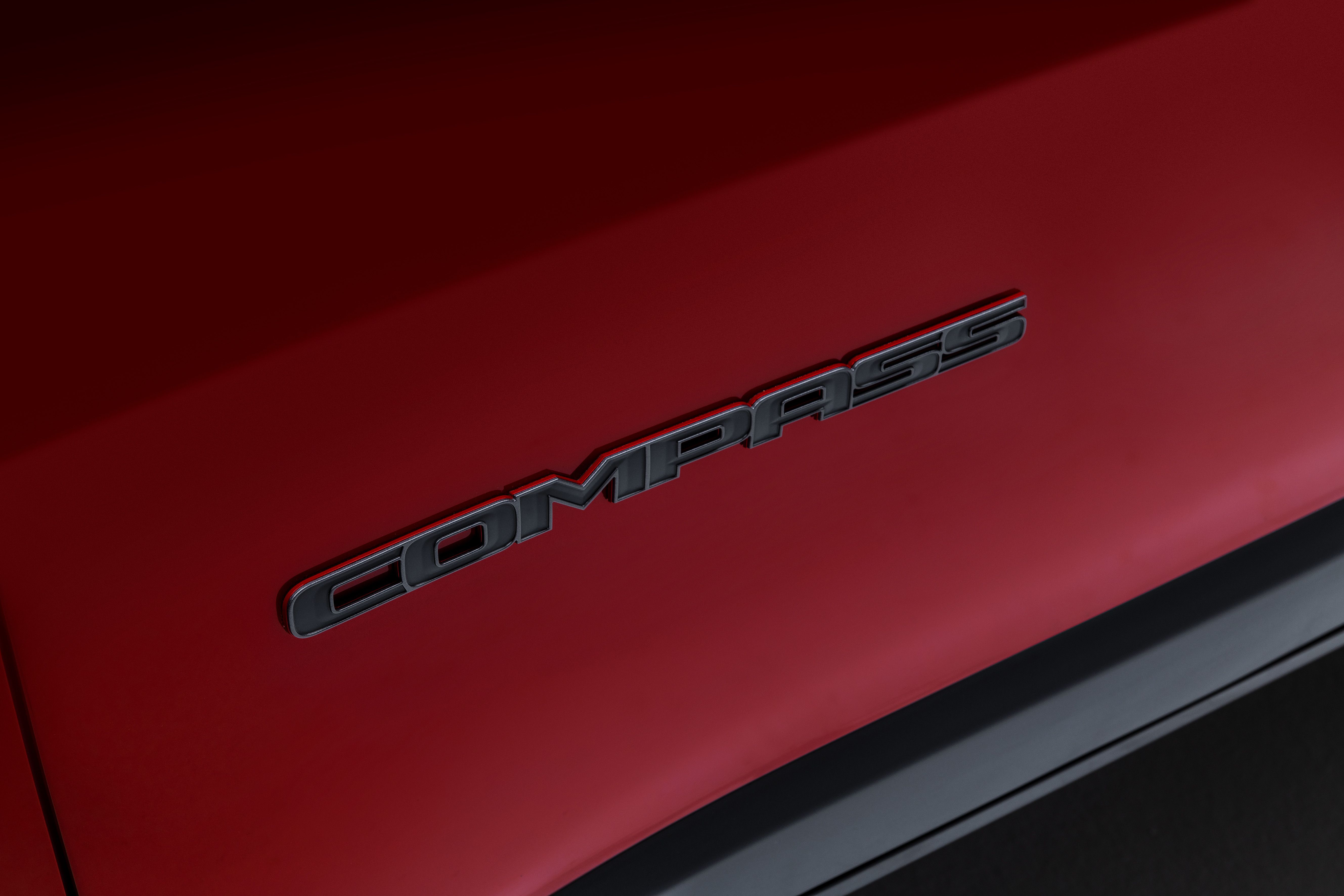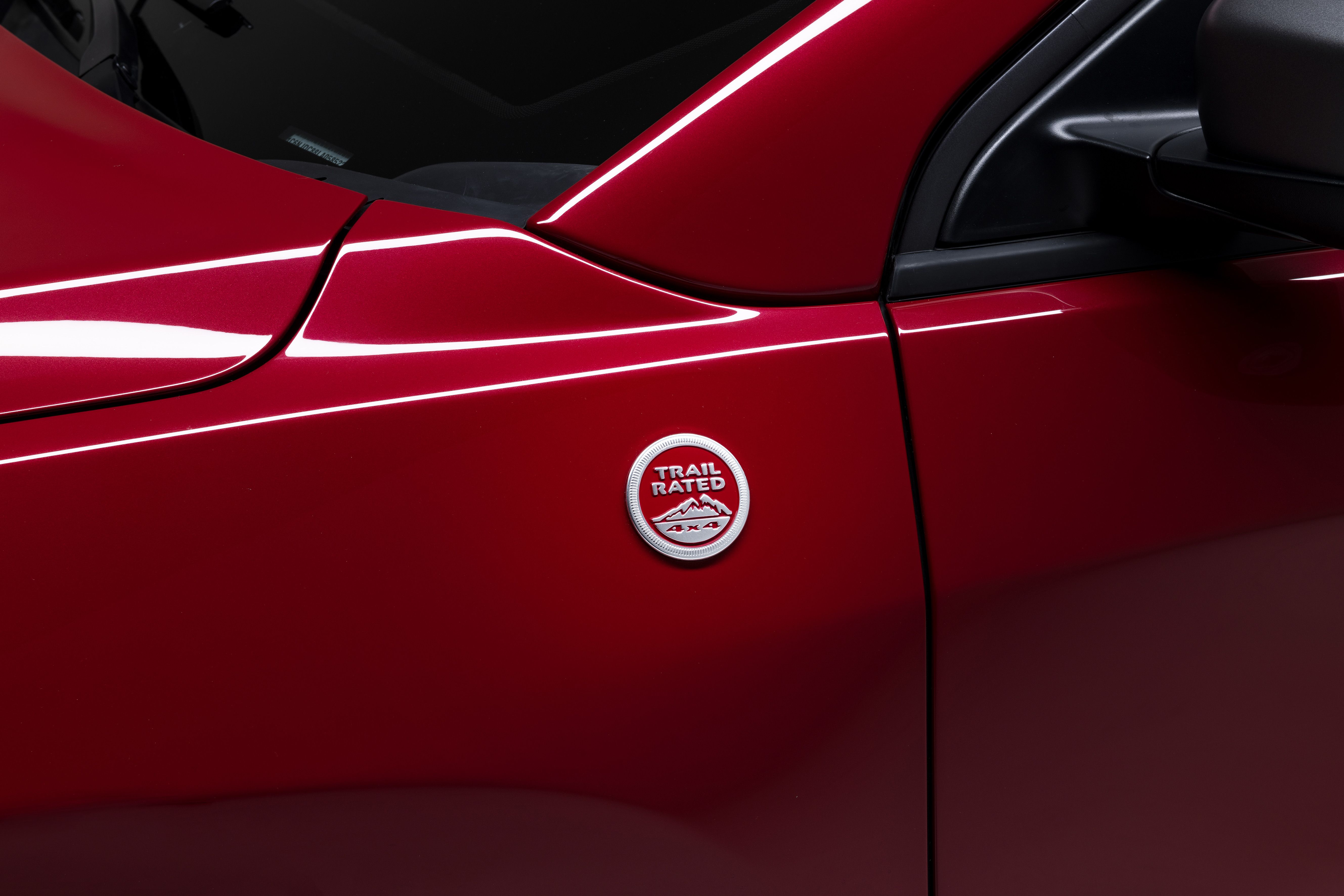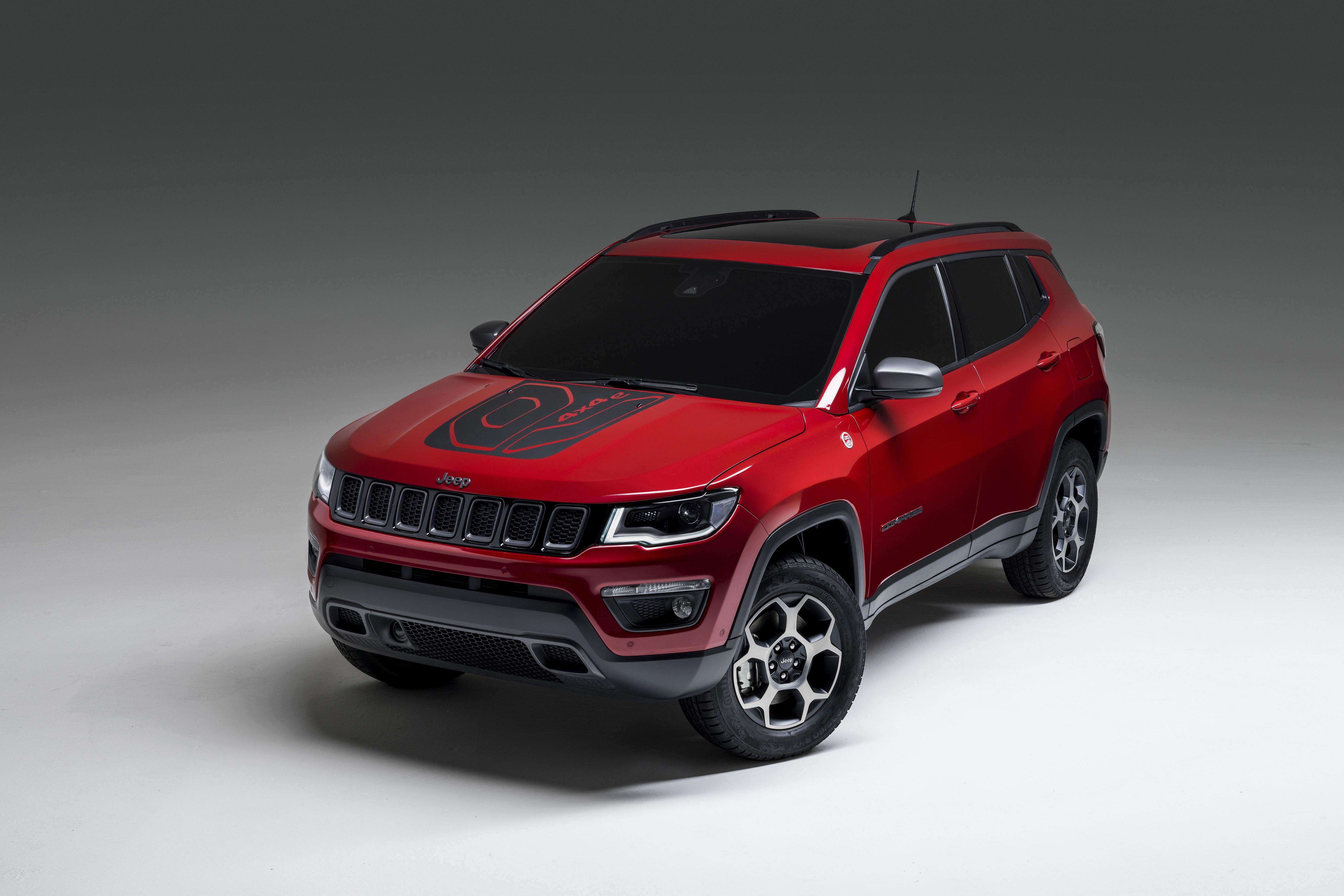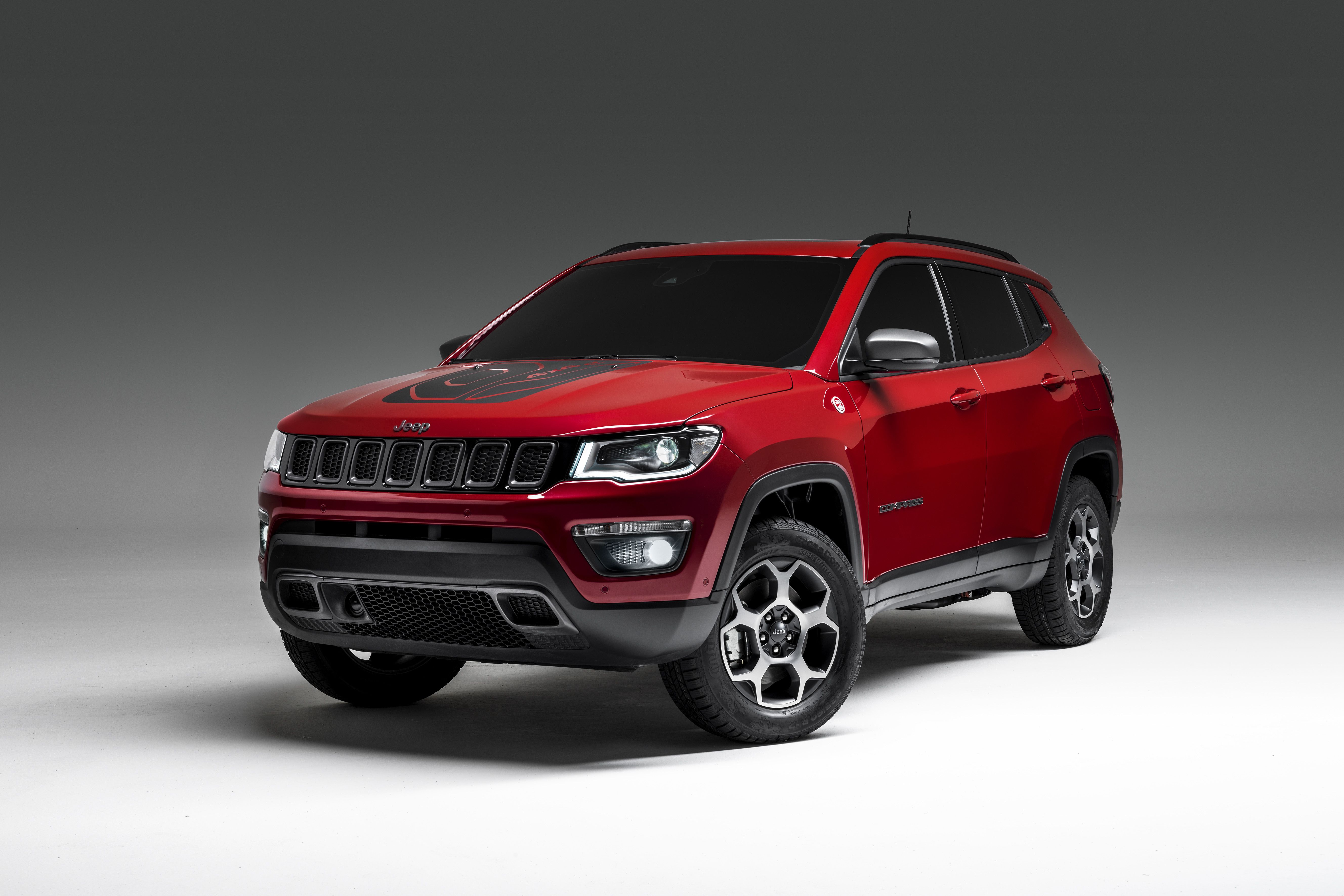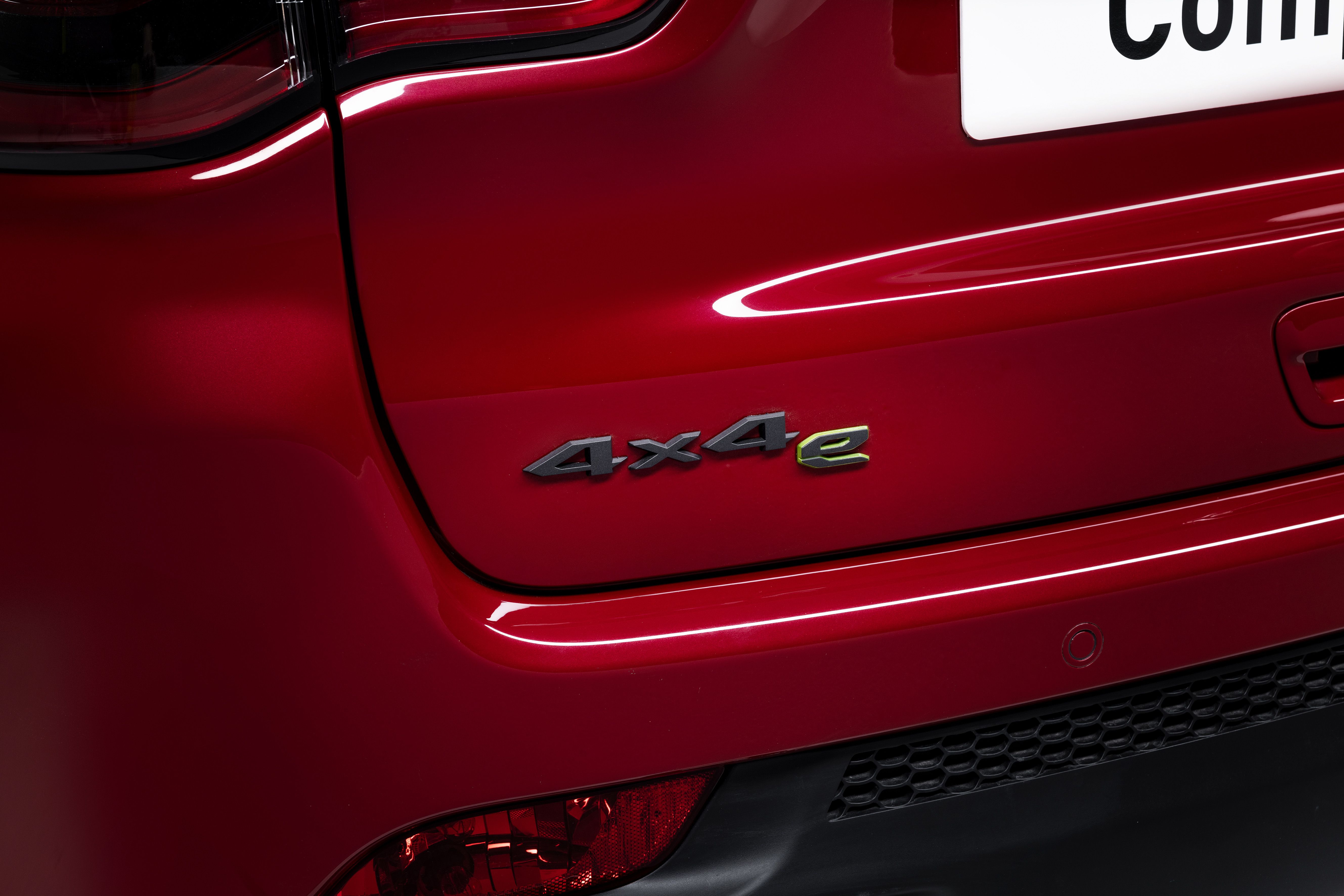The Compass has been in Jeep's stable for around 13 years now. It was unveiled as a concept at the 2002 North American International Auto Show in Detroit. Although revealed as a two-door concept, the Compass was ultimately launched as a four-door crossover four years after it made its world premiere in Detroit. Five years into production, Jeep decided to give the Compass a face that resonated with the Grand Cherokee. Soon, the Compass started receiving its own identity as with many off-road features and packages available. In 2017, the second-generation of the Compass was launched, and it replaced its predecessor, as well as the Jeep Patriot. It will not be the worst thing to say that even though it could not garner big numbers for the automaker from 2007 to 2017, there was consistent growth in the sales figures. However, 2018 turned out to be the breakthrough year for the Jeep Compass. Jeep sold 171,167 examples of the Compass in 2018, an increase of 87,914 from 83,253 copies it sold in 2017. That's more than 100-percent growth! Carrying over its rich form from last year, the Compass came to Switzerland with a plug-in hybrid powertrain. The Compass did not come alone; the Renegade accompanied it with the same mill under its hood. It's like two brothers wearing the same clothes to go to a party. That's cute.
2019 Jeep Compass Hybrid
- Make: Array
- Model: 2019 Jeep Compass Hybrid
- [do not use] Vehicle Model: Array
Exterior
What once used to be its Achilles' Heel is now the Compass' selling point. We have no remorse in saying that the first-gen Compass, especially the pre-facelift model, was an ugly vehicle. Things got much better once Jeep decided to give it a Cherokee-esque look. The second generation came out looking all the more fierce and aggressive, and the Jeep Compass PHEV carries over similar styling cues.
The face features a set of smart, sleek HID Projector headlights. The LED Daytime Running Lights are bright even under the bright sun. The honeycomb grille is flanked by the signature seven slats that is more synonymous with Jeep than the 'Jeep' logo itself. The foglamp housing makes a place for itself on either end of the bumper, and the turn indicator lights are integrated here as well. The bottom plastic cladding steeply rakes upwards in the Trailhawk trim, thus giving the Compass an excellent approach angle of 30 degrees. We have seen other automakers designing similar-styled bumpers on their models, but none of them have managed to make it look as good as Jeep has.
The profile of the Jeep Compass PHEV is rather clean other than the sharp crease starting from the front door that goes all the way to the taillight.
Walk to the back and you'll notice that the Jeep Compass has a bloated derriere. Just like the rest of the SUV, the boot is same as the standard Compass as well.
Interior
Step inside the Compass PHEV and you will be greeted to a familiar cabin.
Talking about the space and comfort, the Jeep Compass PHEV is a comfortable four-passenger SUV. The front seats feel narrow and don't have enough cushioning to keep you relaxed on long journeys. I'll try to be as polite as possible here - the Jeep Compass PHEV has a cramped rear. You can squeeze in a fifth passenger as well, but he or she won't be welcome for sure. The Compass is not very wide, but Jeep could have surely made it more spacious if it had played with the available dimensions better. The legroom and headroom is sufficient, however. The cargo space is quite generous, too, but with the high loading lip, you'll actually have to lift the luggage 30 inches off the ground to put it in. The rear seats can be flipped down in a 60:40 ratio, which enables you to have 59.8 cubic-feet of space at your disposal. Mind you, these are the figures for a standard Compass. Jeep has not officially released the specs for the PHEV, but expect it to be marginally less than the standard Compass.
In terms of features, the entry level trim offer basic stuff like a seven-inch touchscreen, cloth upholstery, and air-conditioning. Move up the order and you can get features like:
-* Keyless Ignition
-* Heated Front Seats
-* Leather-Wrapped Heated Steering Wheel
-* Power Adjustable Driver's Seat
-* Automatic Emergency Braking
-* Blind-Spot Monitors
-* Adaptive Cruise Control
-* Active Lane Control
-* Rear Parking Sensors
|
Legroom |
- 38.3 inches |
|
Wheelbase |
103.8 inches |
|
Cargo Space |
27.2 cubic feet |
Drivetrain
Let's talk about the most important aspect that sets the Compass PHEV apart from the standard Compass. It's a little weird that a Jeep can be called environment-friendly, but it's good to see the automaker make a move to reduce its carbon footprint. As the name suggests, it is a plug-in hybrid vehicle that is a lot more nature-friendly than the pure combustion Compass.
Things actually look better in here for the off-road enthusiasts. The off-roading capability is further improved over the standard Compass due to the torque supplied by the electric motor to the rear axle. Thanks to the new electric all-wheel-drive technology (eAWD), traction to the rear axle is not provided by a prop shaft, but through the dedicated electric motor. This allows the two axles to be separated and to control the torque independently in a more effective manner than a mechanical system without the need of a separate low-ratio gearbox. It also comes with three drive modes - Hybrid, Electric, and E-Save.
Pricing
There is no word on the pricing of the Jeep Compass PHEV yet, but we speculate it to be in the ballpark of $30,000.
Competition
Mitsubishi Outlander PHEV
Well, not exactly a direct rival to the Compass, but the Mitsubishi Outlander PHEV should certainly be on your shopping list if you are in the market for an affordable plug-in hybrid SUV. It hit the U.S. shores in 2018 after a long-delay, which would have put it in a different league altogether. The Outlander PHEV is a flashy vehicle and wears a lot of bold makeup. The front end features a lot of chrome bit. The Outlander PHEV looks the smartest from the back. The interior has never a strong suite of any Mitsubishi, and the same goes with the this beast as well. However, it is one of the most comfortable and spacious SUVs out there. The only interesting feature in the cabin is the seven-inch touchscreen infotainment system that supports Apple CarPlay and Android Auto. Surprisingly, there is no seven-seater option available in the PHEV.
Under the hood, the Outlander PHEV features a 2.0-liter engine paired to two electric motors, one on each axle. It delivers 28 miles of pure electric range. The best part about the Outlander PHEV is that 80-percent of the battery can be charged in just 25 minutes. This is unheard of in a PHEV, thus making it the Outlander's strongest selling point. In conclusion, the Outlander PHEV is the best-selling PHEV crossover for a reason, and perhaps one of the major reasons that the automaker was able to move more cars than Land Rover, Volvo, and Lincoln last year.
Read our full review on the 2019 Mitsubishi Outlander PHEV
Kia Niro PHEV
The South Korean has made a name for itself and how. Although it can be considered a wagon, the Kia Niro is actually being billed as a crossover utility. Now, we are pitting it against the Compass PHEV solely because the Niro PHEV has enough in it to tilt your decision towards it. The Kia Niro PHEV does not stand out from the crowd, but it is still quite a handsome-looking vehicle. The sweptback headlights, the rounded hood, and the long nose will please all and offend none. There is space and comfort is above average all around the cabin. In terms of features, the crossover utility from South Korea features dual-zone climate control, LED headlights, rear camera, and a seven-inch touchscreen system, to name a few.
The Niro PHEV is powered by a 1.6-liter, four-cylinder engine mated to an electric motor. They produce a meager 139 horsepower when working in tandem. The driving experience is not at all impressive, and every time you step on the A-pedal, the Niro PHEV will remind you that you need to drive it sedately. You can run smoke-free for 26 miles. Overall, the Niro PHEV is an affordable city commuter and a lazy highway cruiser. If you expect anything more out of this vehicle, it's your fault.
Read our full review on the Kia Niro PHEV
Final Thoughts
Since the Jeep Compass had such a great run in 2018, it made complete sense for Jeep to launch a plug-in version right away and make use of the hype. We see no reason as to why and how the Jeep Compass PHEV could fail. The only thing that can spoil Jeep's plans moving forward is the way they price the car. The cheapest 4X4 in the Compass' range begins at $23,500. The pricing we have speculated is for the mid-range Latitude 4X4. The Jeep Compass, along with the Renegade PHEV, is the company's first vehicle to get electrified. The Compass has also added its name as one of the 10 cars that FCA will be electrifying in the near future.
Further reading
Read our full review on the 2018 Jeep Compass.
>
Jeep Enters the Electric Market with Renegade Plug-in Hybrid

